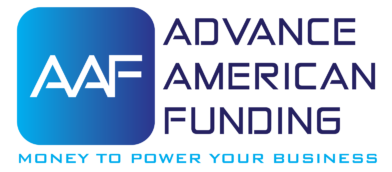Tariffs are more than just a line item on an import statement—they’re reshaping how small businesses operate, manage cash flow, and access financing. In 2025, many small business owners are facing higher costs, disrupted supply chains, and tighter lending conditions, creating a perfect storm for cash flow challenges.
Rising Costs and Shrinking Margins
Tariff increases on imported goods have driven up prices on everything from raw materials to finished products. For small businesses—often running on thin margins—these cost hikes can’t always be passed along to customers without risking sales. This leaves owners with difficult decisions: cut costs, reduce staff, or absorb the hit to profitability.
Supply Chain Disruption
Tariffs don’t just raise prices; they also cause supply chain instability. Delays in shipments, sudden sourcing changes, and the need to stockpile goods all put extra strain on working capital. This unpredictability forces small businesses to seek additional funding just to keep operations running smoothly.
Strain on Lending and Credit Access
Higher costs and revenue uncertainty make lenders cautious. Banks and credit unions are tightening underwriting standards, raising interest rates, and, in some cases, reducing loan approvals. Small businesses that rely on financing for inventory, payroll, or expansion may find it harder—and more expensive—to secure funds.
Increased Demand for Alternative Financing
With traditional lending channels tightening, many small business owners are turning to alternative financing options such as merchant cash advances, lines of credit, and invoice factoring. These solutions can offer faster access to capital, though often at higher costs.
Possible Relief Measures
In some regions, government programs are stepping in with credit guarantees or low-interest loan options to support small businesses affected by tariffs. While helpful, these programs vary by location and may not be available to all industries.

